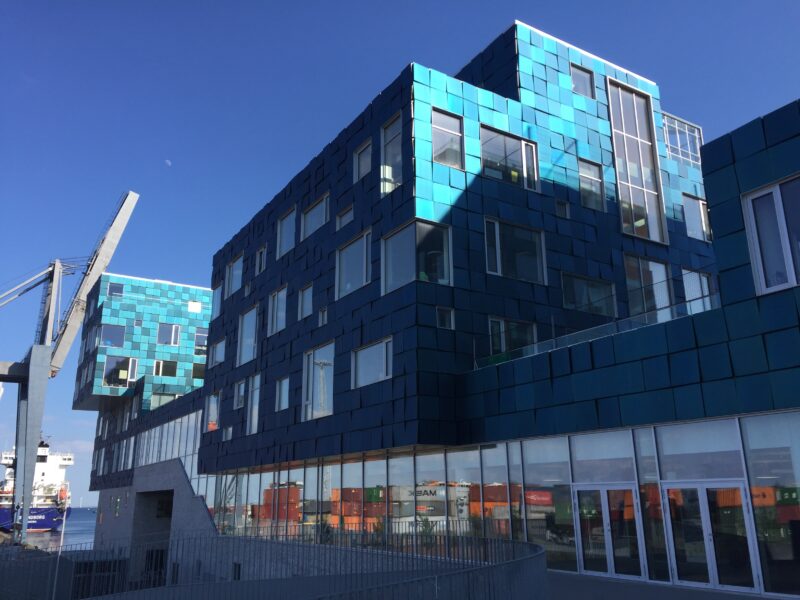Solution provider

Case
Air pollution
Buildings
Energy efficiency in buildings
+2


Add the case to your visit request and let us know that you are interested in visiting Denmark
Children spend enormous amounts of time in classrooms and are affected by the indoor environment quality (IEQ) and a crucial component of it is the indoor air quality (IAQ). The age and quality of buildings that house a school, location of windows, ventilation systems if any, wind speed and direction and proximity to roads, intersections and other urban activity are all factors that influence the indoor air quality. Children are particularly vulnerable to toxic substances in their environment since they spend enormous time in activities, study and play in the space. Examples of symptoms caused by poor IAQ include respiratory irritation, sore throat, asthma attacks, drowsiness, headaches and most importantly inability to concentrate.
Recognising the urgent need for real-time knowledge of changing air quality levels in classrooms in their state-of-the-art sustainable buildings, the Copenhagen International school (CIS) deploys several AmbiNode sensors & software platform to help monitor Indoor Environment Quality (IEQ).
Leapcraft has since deployed indoor environment monitoring solutions in various schools around Denmark, Belgium, Switzerland and Finland.
The solution comprises of measurement instruments and a tool kit for teachers and students that raises awareness on the issue of pollution and its impact on health. The aids are easily pluggable into the curriculum and designed to create a strong user-driven (in this case, students and teachers ) change to indoor air quality.